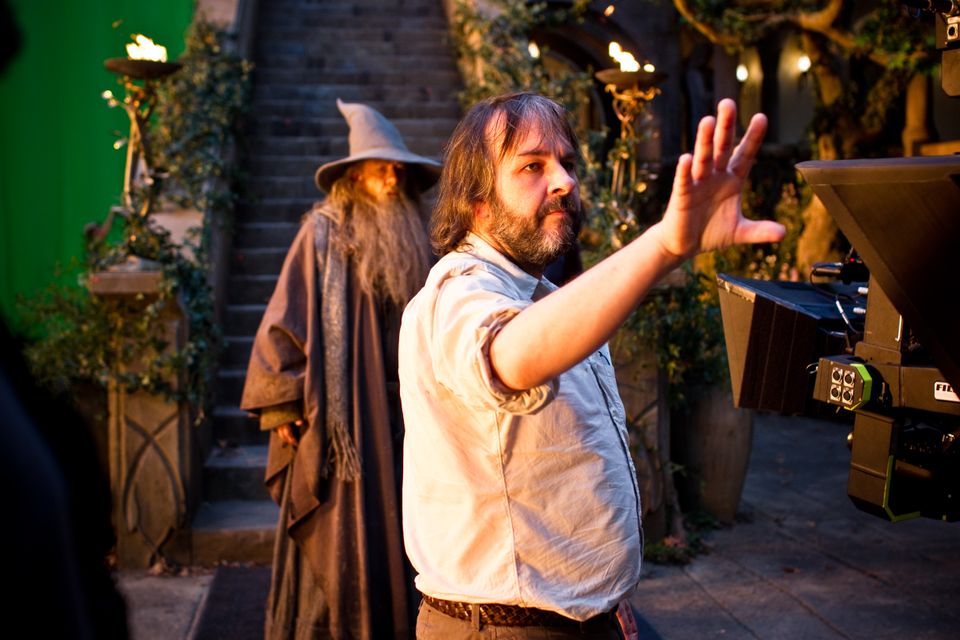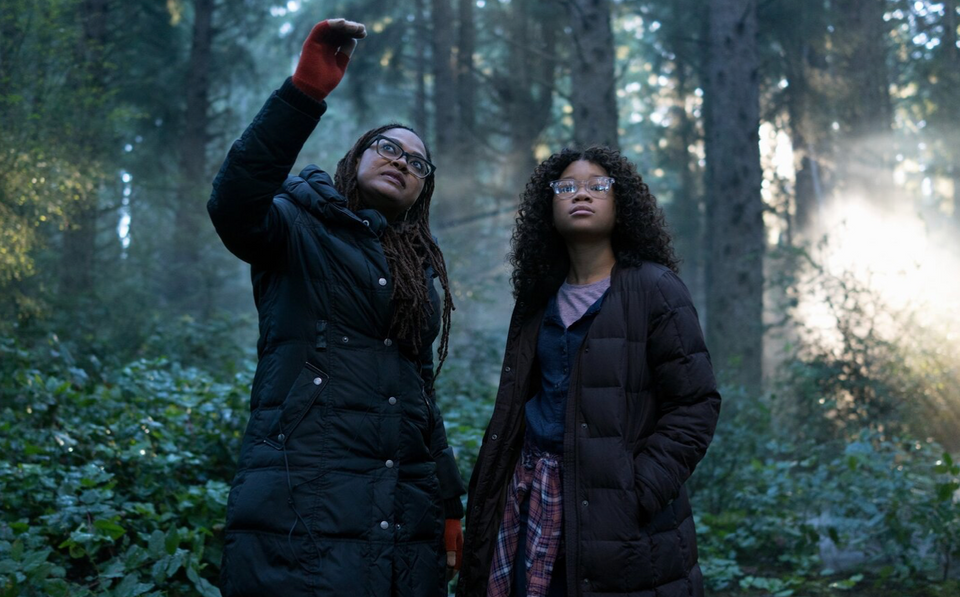Every now and then in the history of the arts, someone creates something so radical that it changes the direction of its genre. An artist, often anonymous, stumbles across, say, counterpoint, or a capella poetry, or the talkie either by hard work or providence. For some time now, it has been apparent that filmmaking needs such a revolution: specifically, some new way of making film adaptations of books. There has been too much polarization between book purists and movie fans, too little understanding of adaptation as art-making in its own right. One unfortunate result of book-to-movie confusion has been bad movies: gimmicky strings of visual, musical, and narrative clichés. Perhaps the time has come for a cinematographic revolution in which directors throw off the tyranny of the text, re-invent narrative chronology, and dare to imagine wild new ways of making movies—gritty, unusual, groundbreaking movies—freely, from textual hints and cues. There have, of course, been movies that take a looser approach to book adaptation, and plenty that play with narrative expectations. There should be more, and more daring, experiments in the art of literary cinema.
The Hobbit: An Unexpected Journey is not such a movie. Sadly, it is mostly just another series of gimmicks: tricks of music, light, and timing cut-and-pasted from The Lord of the Rings films. There are five sublime sections, adding up to about forty minutes; the rest is childish slapstick and cheap genre tropes. Yet it does take a few tentative steps in the direction of the freer, more imaginative approach to adaptation.
In order to understand the idea driving Peter Jackson’s huge new Hobbit, a little Tolkien manuscript history is necessary (the best sources on this are John Rateliff’s The History of The Hobbit, Humphrey Carpenter’s biography of Tolkien, and “The Tolkien Professor” podcasts). The Hobbit was first published on September 21, 1937. It began as just another fun bedtime story for Tolkien’s children, not as part of the mythology that had been growing in his mind since 1913. However, that mythology already existed in drafts, notes, chronologies, and—most importantly—languages. Tolkien realized that this hobbit story must take place in the same historical trajectory as his great unfinished work, The Silmarillion. But he barely revealed that connection, just dropping in dwarves, elves, the Necromancer, and a general feeling of background depth and breadth.
So, The Hobbit was published. And then Tolkien’s obsessive perfectionism took over. He was writing The Lord of the Rings through the 1940s and 50s, and whenever he had a chance, he revised The Hobbit to make it fit with the geography, topography, chronology, and characterization of the larger story. He wrote a new “Riddles in the Dark” chapter in 1951, turning Gollum from a sweet creature into Slinker and Stinker. He wrote a backstory called “The Quest of Erebor” in 1954, recasting the whole Hobbit story, especially the opening chapters, from Gandalf’s point of view. He made Gandalf far more intentional and operative in planning the entire quest as one small side-story in the eventual War of the Ring. Along the way there were lots of other texts, with more plot lines, more characters, more depth, and more interconnectivity.
And then—get this—in 1960 he started rewriting the whole Hobbit almost from scratch. He got almost three chapters finished. This post-LOTR version is a lot more serious. Gandalf is more in control; Thorin is more prone to the dragon sickness that will consume him. Bilbo is embarrassingly silly.
And this is where Peter Jackson comes in.
See, Peter Jackson’s Hobbit is also a post-LOTR Hobbit. And this is, first of all, why it is three movies long. It draws from all those others texts—the “Quest of Erebor,” The Book of Lost Tales, The Unfinished Tales, basically everything except The Silmarillion, to which he does not have the rights. It includes the Battle of Azanulbizar, the biographies of Thror and Thrain, meetings of the White Council, and the rise of the Necromancer.
This approach also means that Jackson takes themes and characters from that unfinished 1960 draft: nastier trolls, additional information about Azog, more emphasis on Gandalf’s choosing Bilbo, and a growing threat of evil. The scholar John Rateliff speculates what else Tolkien might have changed had he proceeded, and Peter Jackson is picking up on these hints. For instance, Rateliff asks:
“Did Bilbo’s lifelong friendship with Aragorn (then a ten-year-old living in Rivendell with his mother and being raised by Elrond) begin during his visit there…? Did Legolas Greenleaf fight in the Battle of Five Armies? …would we have learned a little more about the elusive Radagast? Would the Spiders of Mirkwood have been made more horrific, à la Shelob…? And more importantly, would the Ring have been presented in more sinister terms throughout, with hints of its corruptive influence even on one such as Bilbo?”
Without giving any specific spoilers about the movie, yes, indeed, a few of these elements are present. But here is the third and most interesting implication of Jackson’s filmmaking chronology: what this means is that Jackson did not make a movie of The Hobbit, but of how he imagined Tolkien would have rewritten The Hobbit after 1960. Or, perhaps more accurately, how Jackson would have rewritten The Hobbit. Or, well, how he did rewrite it. How he is rewriting it.
So that is one of the ways in which Jackson holds in his hands the ability to make film history. He has made film history, inevitably, due to the cultural position of his films, regardless of their artistic integrity. The technologically savvy will continue to evaluate his bold use of 48 frames per second. But from a literary point of view, he may be adding a chapter to textbooks on cinema history simply by re-imagining a composite text, then adapting that to the screen.
Gandalf even provides meta-commentary about this early in the movie, when he tells Bilbo, “Every good story deserves to be embellished.” Embellished is an understatement. Not quite invented out of whole cloth, but certainly re-invented from the scraps and drafts and fragments Tolkien left behind.
That is not to say Tolkien would like this movie. He would hate it. It is an unpleasant mix of the beautiful and the stupid. It will sell well; it already has. But it is not high art, nor is it a particularly great film. It sure is fun, though, and provides a few flights into the sublime and a lot of kicks for the Tolkien geek. The other two movies in this trilogy may raise the level from middle-school silliness to something nearly approaching the artistic.
Now that 3D, IMAX, and maybe 48fps are mainstream, what big movie innovation is next? Maybe a few more decades from now, when “feelies” or choose-your-own-adventure films, or video games on the big screen become the norm, maybe then The Hobbit will get another chance at becoming an artistically consistent film. And when that happens, it will not only be post-Tolkien, it will be post-Jackson. And so the revolutions will continue.




